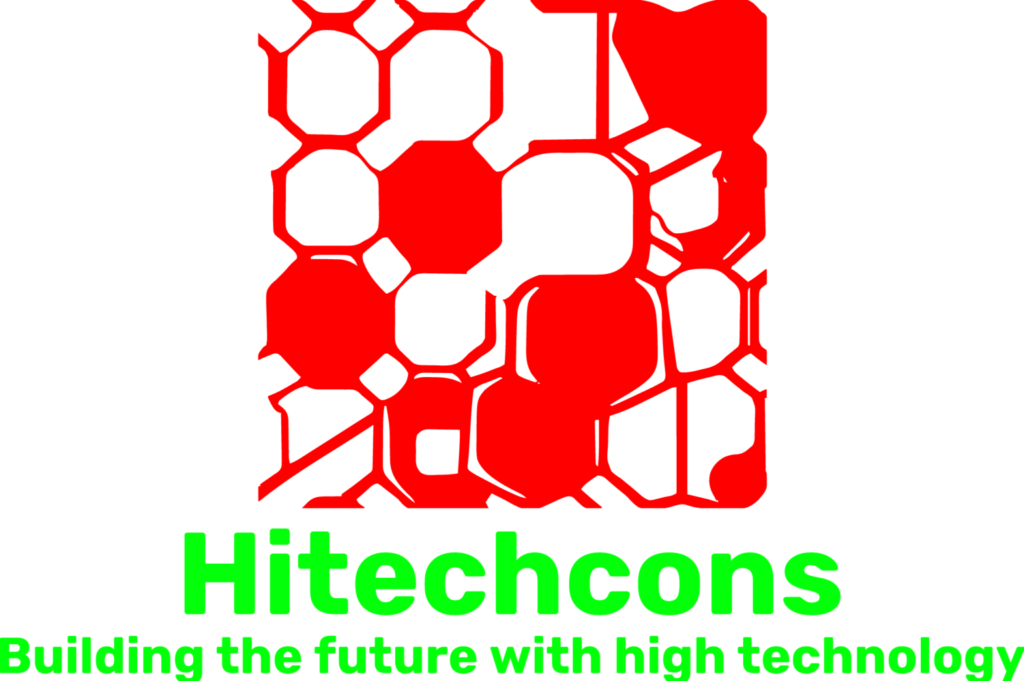Build Tomorrow Structures With High Technology
Building a Bright Future: The Role of High Technology in Tomorrow’s Structures
Introduction
It’s hard to imagine a world without technology. From smartphones to laptops, from electric cars to smart homes, technology has become an integral part of our lives. But did you know that technology is also revolutionizing the construction industry? High technology has the power to make buildings and structures more efficient, sustainable, and even more beautiful. In this blog post, we’ll explore the growing role of high technology in tomorrow’s structures.
Section 1 – Efficiency
One of the most significant advantages of high technology in construction is efficiency. Thanks to state-of-the-art building information modeling (BIM) software, architects and engineers can create detailed 3D models of buildings before construction even begins. This allows them to identify potential problems and solve them before they become costly issues.
But BIM is just the beginning. Construction companies are also using drones to conduct surveys and inspections. Drones can quickly and safely access hard-to-reach areas, and they are equipped with sensors that can capture detailed data on building sites. This information allows builders to plan more accurately and avoid costly mistakes.
Section 2 – Sustainability
Another critical role of high technology in tomorrow’s structures is sustainability. With the increasing focus on reducing carbon emissions, construction companies are turning to high-tech solutions to make buildings more eco-friendly.
One such solution is the use of green materials. High-tech innovations have led to the development of materials that are both durable and sustainable, such as bamboo and recycled plastics. By using these materials, builders can reduce the environmental impact of construction projects.
Another technology that is gaining popularity in the construction industry is the use of solar panels. Buildings can be designed with solar panels integrated into their rooftops, which can generate clean and renewable energy. This energy can then be used to power the building’s lighting, heating, and cooling systems, reducing its reliance on fossil fuels.
Section 3 – Beauty
Finally, high technology can also be used to make structures more beautiful. One example is the use of parametric design, which uses algorithms to create complex and unique shapes. With this technology, architects can design buildings that are not only functional but also visually stunning.
Another technology that is changing the game is 3D printing. While still in its early stages, 3D printing has the potential to revolutionize the way we build structures. With 3D printing, architects can create complex shapes and designs that would be impossible with traditional construction methods. This technology also allows for more efficient use of materials and reduces waste.
Conclusion
As we’ve seen, high technology is playing an increasingly important role in tomorrow’s structures. From improving efficiency to promoting sustainability and beauty, the possibilities are endless. At our company, we are committed to embracing and utilizing these technologies to build a brighter future. We believe that by combining our expertise with the latest high-tech innovations, we can create structures that are not only functional but also sustainable, efficient, and beautiful.

